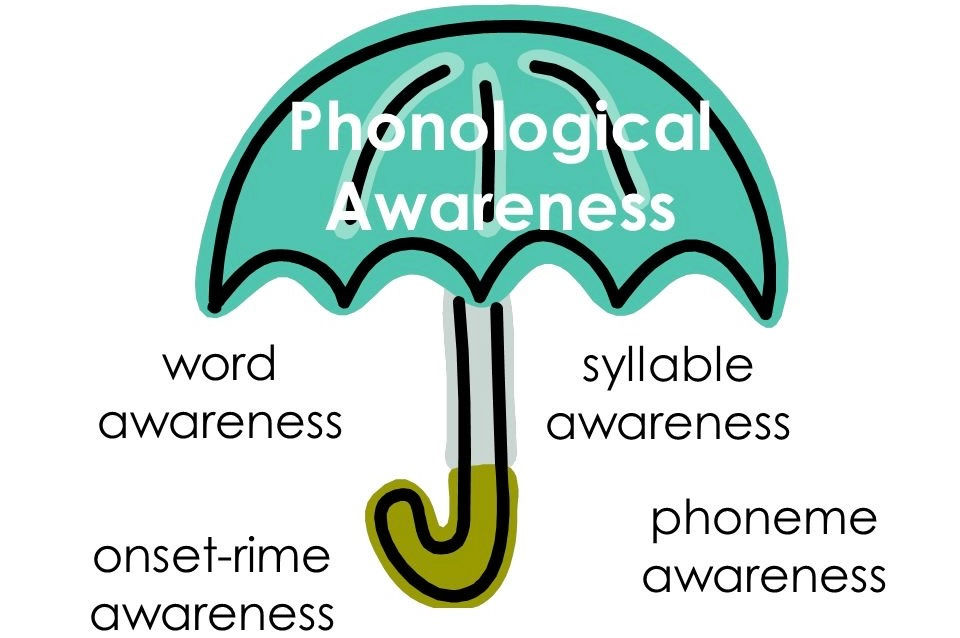Welcome to the world of reading! Whether you’re a parent, teacher, or just curious about how we learn to read, understanding phonological and phonemic awareness is crucial. These terms may seem technical, but they are simply the building blocks that help children make sense of written language. Let's explore these concepts in a fun, easy-to-understand way.
What is Phonological Awareness?

Think of phonological awareness as a large umbrella that covers all the ways we hear and play with sounds in words. It is the starting point for young readers and sets the stage for everything they will learn about reading.
Here are some foundational aspects:
Rhyming: Identifying words that end with the same sound, like "cat" and "hat." Engaging in rhyming activities can improve a child's sound recognition.
For example, children can rhyme with words in nursery rhymes or songs, which helps them learn in a playful way.
Syllable Clapping: Breaking words into beats by clapping out syllables.
For instance, the word "banana" has three syllables, and kids can clap three times while saying it. This fun activity helps them understand the rhythm of words.
Onset and Rime: This technique involves dividing words into the first sound (the onset) and the rest of the word (the rime).
For example, in "cat," the onset is "c," and the rime is "at." Recognizing this structure helps kids see how small changes in sounds can create new words.
Sentence Segmentation: This skill includes breaking down sentences into individual words.
For example, converting the sentence "The dog runs" into three separate words. This helps children comprehend that sentences are made up of distinct words.
Alliteration: Noticing repeated initial sounds in phrases, such as "Peter Piper picked a peck of pickled peppers." Engaging in alliteration games can sharpen listening skills and boost sound awareness.
What is Phonemic Awareness?

Now, let’s zoom in a bit. Phonemic awareness focuses on the smallest sounds in words—these tiny building blocks are called phonemes. This skill is crucial because it directly impacts a child’s ability to read and spell effectively.
Here’s how it works:
Phoneme Isolation: This involves identifying the first sound in a word, such as the /d/ sound in "dog." This helps children recognize and differentiate sounds in words.
Phoneme Identity: This skill allows children to recognize the same sound in different words.
For instance, they can identify /s/ in both "sun" and "sand." This shows them how common sounds form the basis of different words.
Phoneme Addition: What happens when you add a sound? For example, if you start with "at" and add /s/, you get "sat." This demonstrates how sounds can combine to create new words, aiding in spelling skills.
Phoneme Deletion: On the flip side, if you take away a sound, such as removing /b/ from "bat," you are left with "at." This ability helps improve reading fluency by allowing kids to manipulate sounds.
Phoneme Blending: This is where it becomes engaging! Taking the individual sounds /c/, /a/, and /t/ and blending them together to form the word "cat." It’s a creative way to show how sounds come together.
Why Are These Skills Important?

Understanding phonological and phonemic awareness is essential for early reading success. Kids who can identify and manipulate sounds are better equipped to break down words and understand what they are reading. These skills not only make learning to read easier but also more enjoyable.
Research shows that students who develop strong phonological and phonemic awareness early on tend to excel in school. For instance, a study published in the Journal of Educational Psychology found that children with strong phonemic awareness are 30% more likely to become fluent readers by the end of the second grade. They unlock a magical world of stories and information through this foundation.
Teaching Phonological and Phonemic Awareness

Now that we understand the significance of these skills, how can we cultivate them in young learners? Here are some practical tips and engaging activities:
Rhyming Games
Play rhyming games that encourage children to identify and create rhyming words.
For example, you can say a word and challenge them to come up with as many rhymes as they can. This interactive activity enhances their sound recognition and creativity.
Syllable Clapping Activities
Incorporate clapping or tapping as a method for syllable segmentation. For instance, clap for each syllable in the words "elephant" (three claps) or "dinosaur" (three claps) to help children learn how to break words down.
Phoneme Manipulation Activities
Introduce games that involve adding, deleting, or substituting sounds in words.
For example, if you say "all," asking, "What do you get if you remove the /a/?," encourages children to respond with "ll." This simple activity fosters an understanding of sound manipulation.
The Role of Educators and Parents

Both educators and parents play vital roles in developing these skills. Teachers can integrate fun activities into everyday lessons, making sound play a regular part of learning.
Parents can reinforce these skills at home with easy games. For instance, while driving, they can encourage children to find words that start with the same sounds as nearby objects. Creating a safe environment where mistakes are welcomed will nurture a love for learning in children.
Challenges Some Children May Face

While many children quickly pick up these skills, some may struggle. Challenges can arise due to language delays, limited exposure to sounds, or other learning differences. It is crucial to monitor their progress and seek extra help when needed. Early intervention, like speech therapy or tutoring, can significantly aid in developing these essential skills.
When Should These Skills Be Developed?

Ideally, both phonological and phonemic awareness should begin to develop before formal reading instruction starts, typically around preschool age. These foundational skills require consistent practice, as children learn best through repeated, engaging exposure to sounds and words.
Final Thoughts

Phonological and phonemic awareness are crucial components of early reading development. By understanding these concepts and utilizing exciting techniques, educators and parents can create a supportive environment that fosters essential skills and a passion for reading.
As children strengthen their awareness of sounds, they open the door to imaginative stories and endless knowledge, making learning an enjoyable journey.
Remember, the journey of reading starts with sounds, and with the right support, every child can thrive in the world of words.

Comentarios